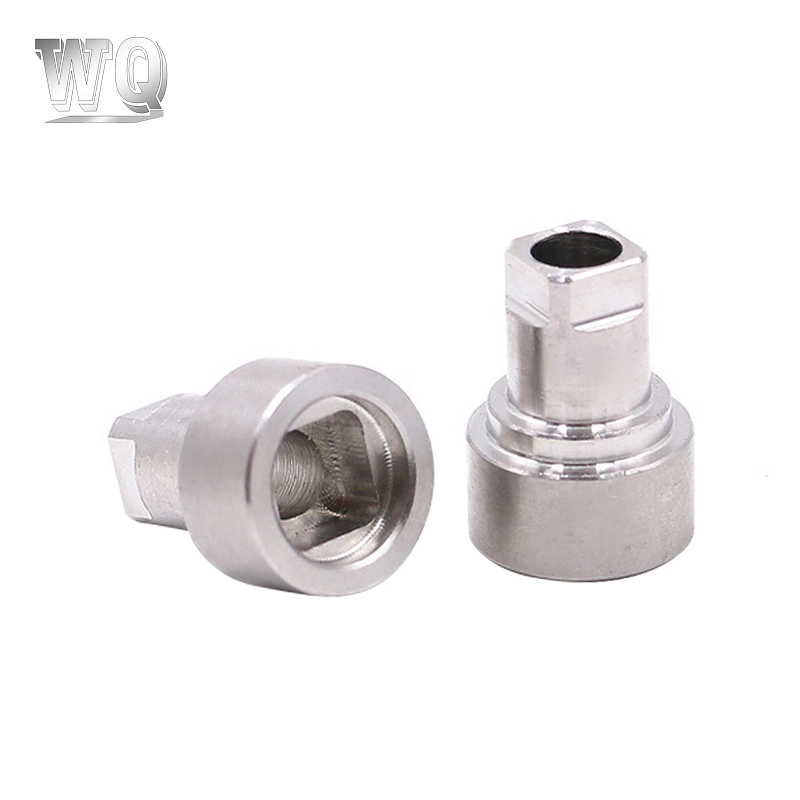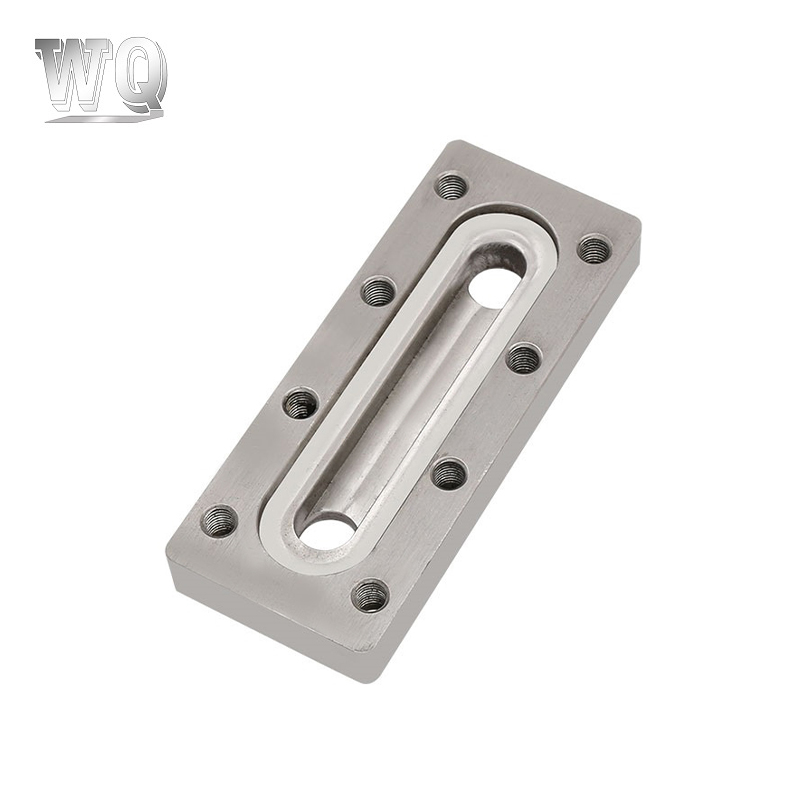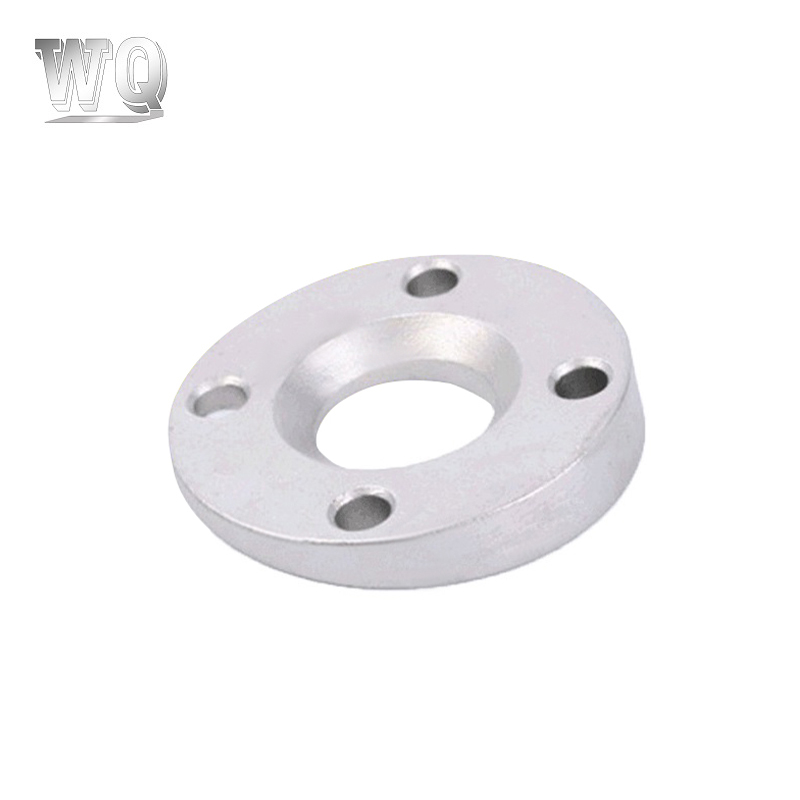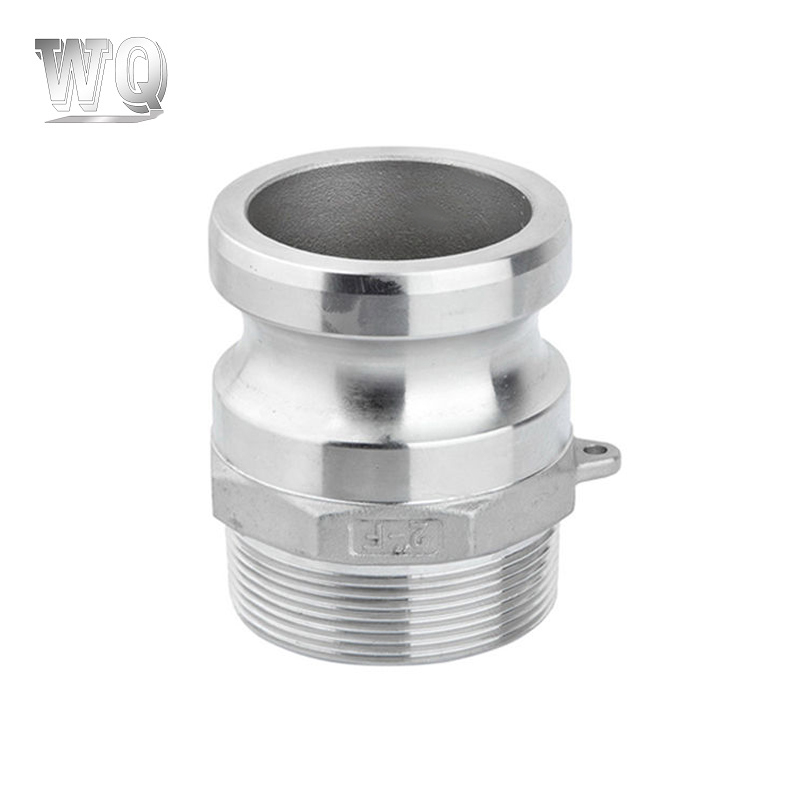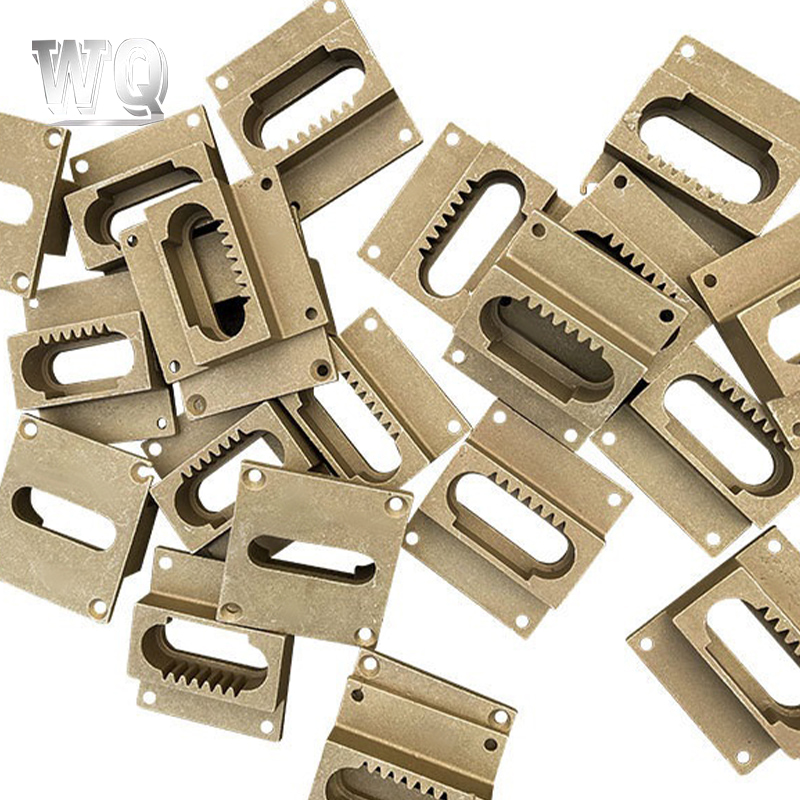During the heat treatment of stainless steel casting parts, it is crucial to ensure the uniformity and stability of the castings, especially to avoid hot cracking, deformation and other defects while maintaining mechanical properties, corrosion resistance and dimensional accuracy.
1. Accurate control of heat treatment temperature and time
Temperature uniformity: It is crucial to ensure uniform temperature distribution during heat treatment. In the heat treatment furnace, the temperature should be kept stable within the specified range, and thermal gradients inside the castings due to uneven furnace temperature should be avoided, which may cause internal stress and deformation.
Temperature uniformity control: The uniform temperature distribution can be ensured by regular calibration of the hot furnace and reasonable furnace airflow design. Multiple temperature sensors are usually installed in the furnace to monitor the temperature in different areas and adjust the airflow in the furnace.
Control the heating/cooling rate: During the heat treatment process, the heating and cooling rates should be properly controlled to avoid excessive temperature differences between the surface and the inside of the casting due to excessive heating, which may cause cracks or deformation.
For example, in solution treatment, the heating rate of the casting should not be too fast to avoid local uneven thermal expansion caused by too fast heating. The cooling rate should also be set according to the properties of the material to avoid internal stress caused by too fast cooling.
2. Methods for uniform heating and cooling
All-round heating: When the casting is heated in the furnace, it should be ensured that it is heated evenly. To achieve this, a heating method with uniform airflow can be used so that the airflow in the furnace can be evenly distributed to ensure that each casting is heated uniformly.
For example, using a furnace with forced convection heating or uniform heat radiation design can effectively avoid local overheating or overcooling.
Multiple heat treatment stages: For some high-demand castings, staged heating can be used, such as preheating first, then main heating, then insulation, and finally slow cooling, with uniform temperature maintained in each stage.
3. Selection of appropriate heat treatment process
Solution treatment: Solution annealing is a common heat treatment process suitable for improving the corrosion resistance and mechanical properties of stainless steel. After high-temperature solution treatment, the alloy elements inside the casting can be completely dissolved and evenly distributed. At this time, it is necessary to ensure the precise control of heating temperature and holding time to prevent uneven grains.
Aging treatment: During the heat treatment of stainless steel castings, aging treatment is usually performed. By controlling the temperature and time, the alloy elements can be fully precipitated to improve the hardness and strength of the casting. During aging treatment, the uniformity of the cooling rate must be ensured to avoid uneven hardening caused by rapid cooling.
Annealing treatment: The annealing process can reduce the internal stress of the casting and keep the casting in good dimensional stability. During annealing, the temperature and cooling rate need to be precisely controlled to avoid cracks or deformation caused by too fast cooling.

4. Reasonable furnace atmosphere control
Atmosphere control: During heat treatment, the atmosphere in the furnace (such as nitrogen, hydrogen, air, etc.) has an important influence on the quality of the casting. Especially for preventing oxidation and ensuring surface quality, a protective atmosphere (such as nitrogen or hydrogen) can be used to ensure that the casting is not contaminated during heating and cooling.
Deoxidation and denitrification: If there are oxides or nitrides in the casting material, they need to be removed by a suitable atmosphere during the heat treatment process to avoid affecting the structure and performance of the casting.
5. Uniform cooling after heat treatment
Cooling medium selection: Different cast steel alloys require different cooling media (such as water, oil, air cooling or air cooling). The selection of cooling medium needs to match the material of the casting and its application requirements. For stainless steel castings, air cooling or nitrogen cooling is often used to ensure the uniformity and surface quality of the cooling process.
Cooling rate control: If the cooling rate is too fast, it may cause thermal cracks and internal stress. Therefore, controlling the cooling rate to keep it within a uniform range is very important to ensure the stability of the casting.
Natural cooling and forced cooling: For some stainless steel castings, choose natural cooling or use forced cooling (such as air cooling or liquid cooling) at a specific temperature to control the cooling rate to prevent internal thermal stress.
Through the above measures, possible problems that may occur during the heat treatment process, such as thermal cracks, internal stress, dimensional deformation, etc., can be effectively avoided, ensuring that the mechanical properties and corrosion resistance of the casting meet the expected requirements.





